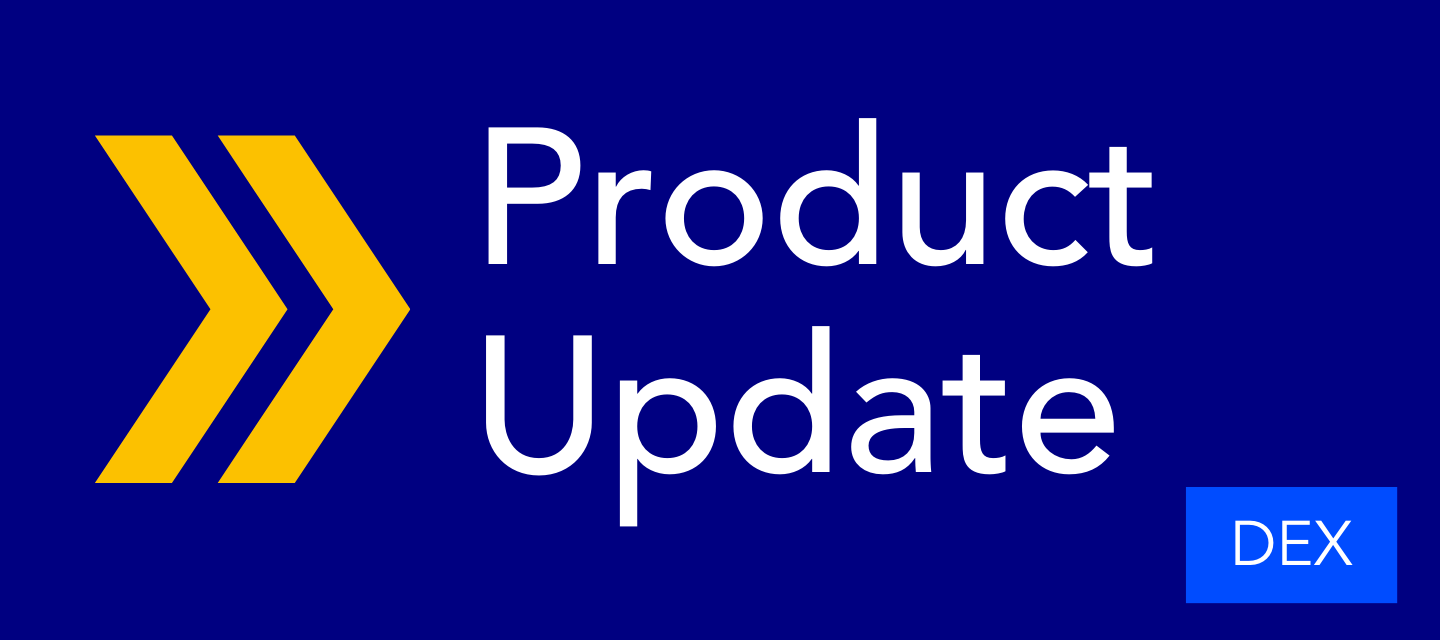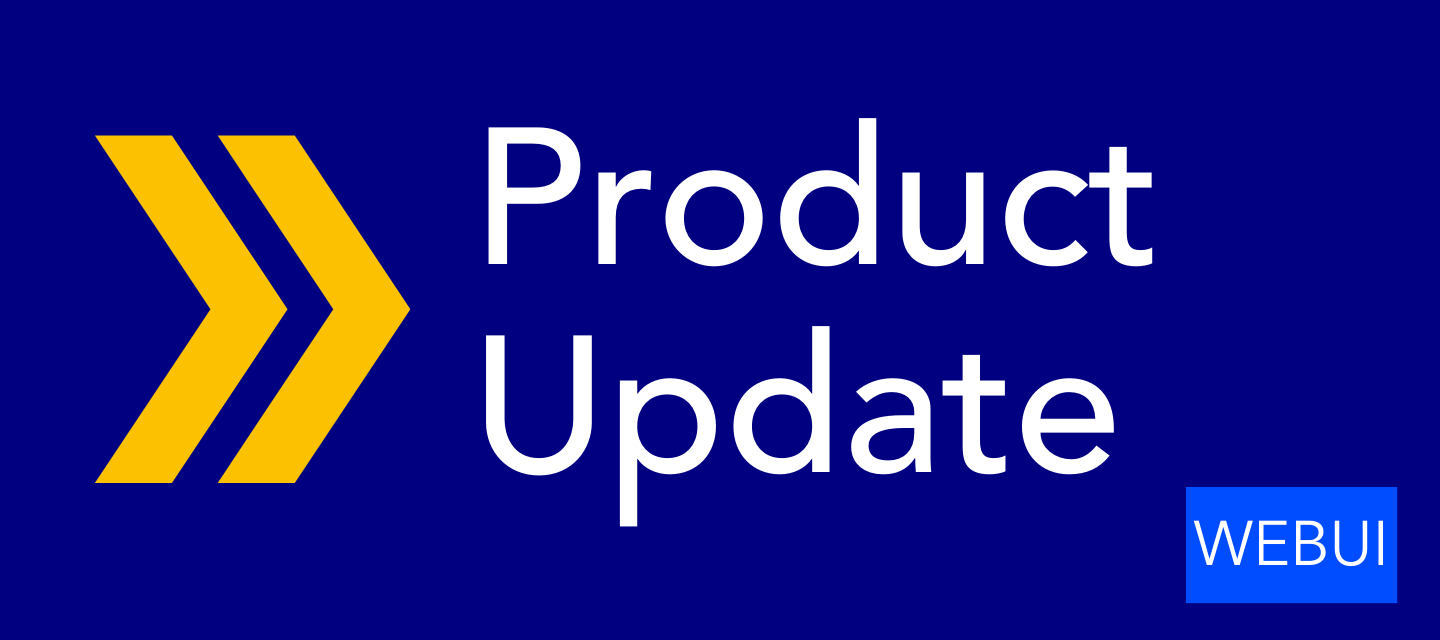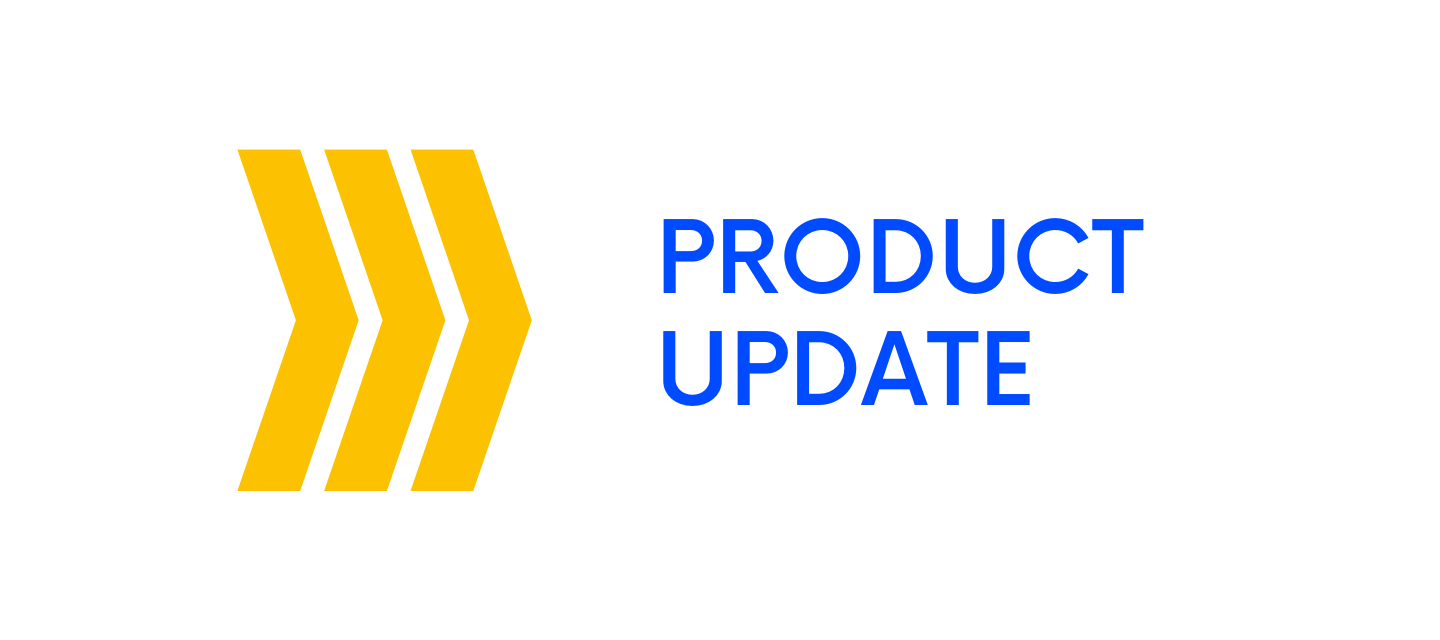Mar 31, 2024
Scheduler for the REST Service for Tasks
Our REST Service for Tasks now contains scheduling functionality, including an option to schedule repeated execution of Tasks. I trust you will find many creative applications for this new feature, such as periodic automatic data import and processing, triggering automated optimization workflows, etc.Please let us know your use case!Link to documentation



